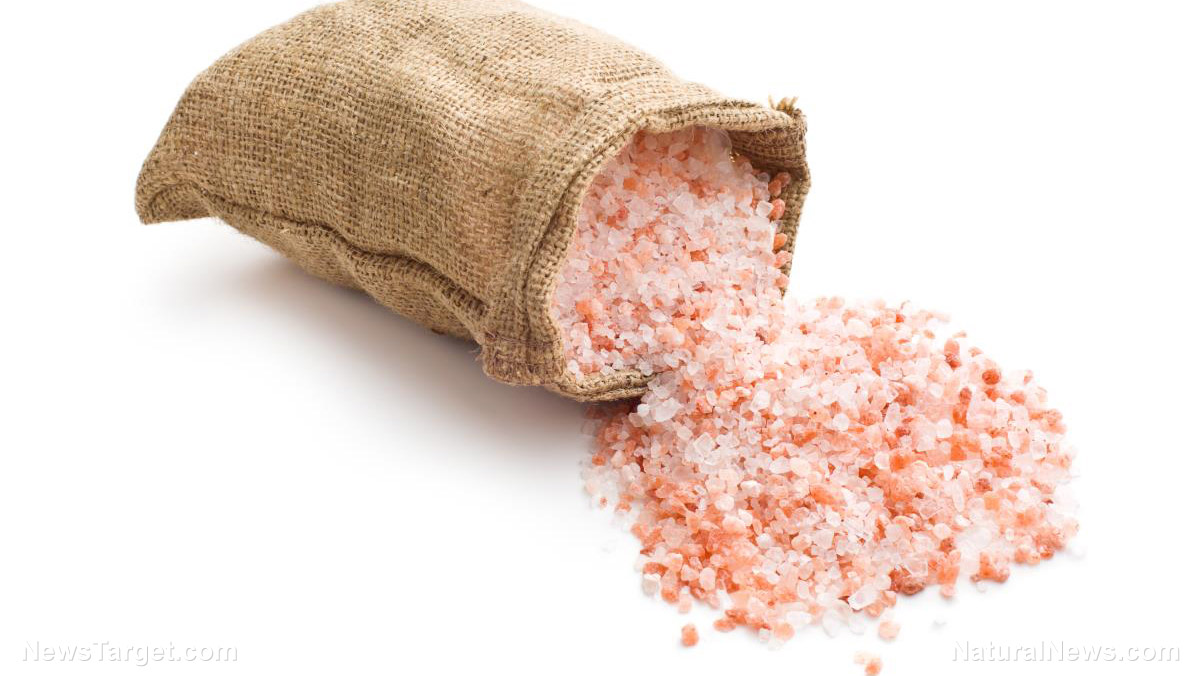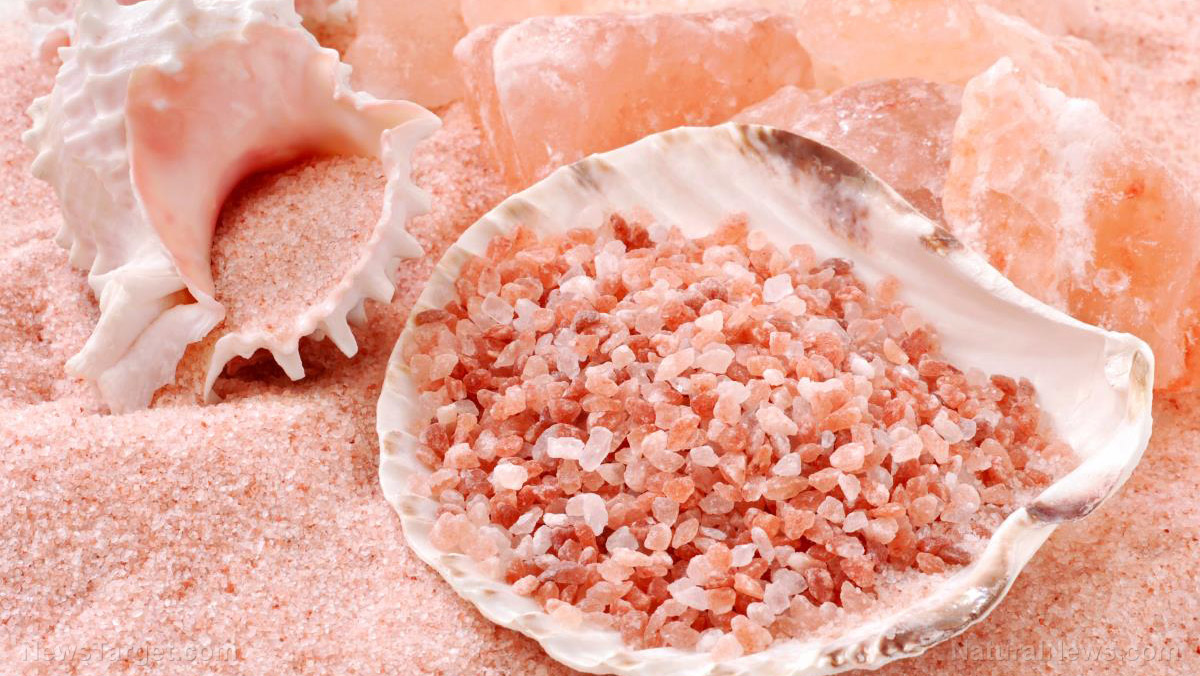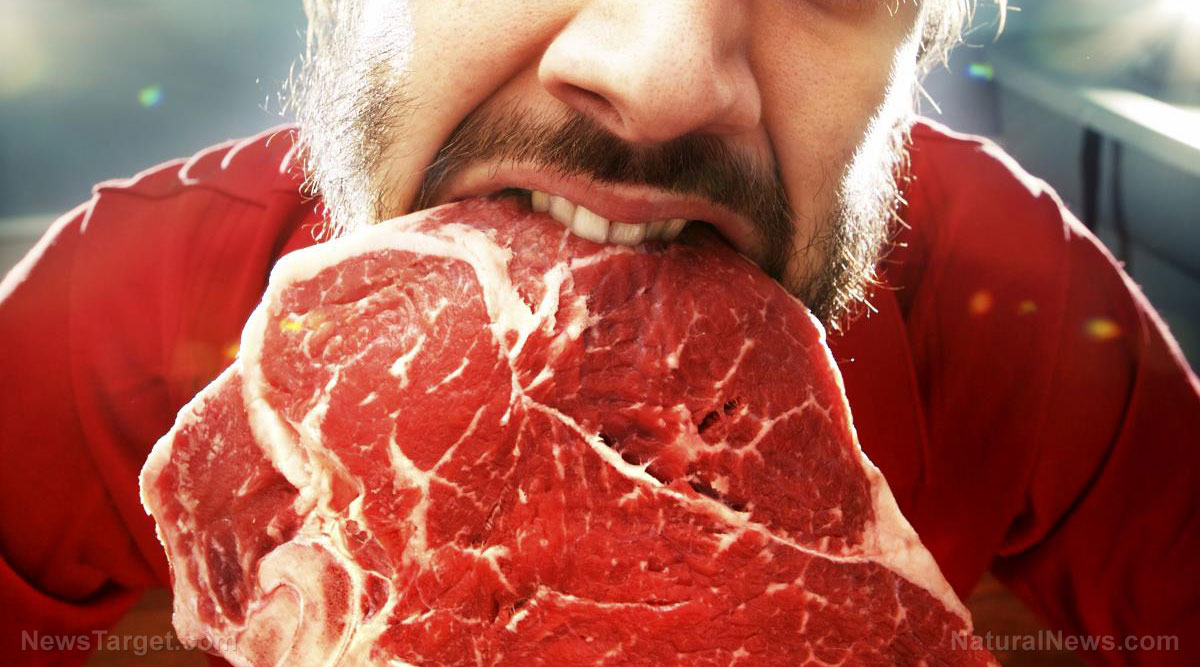
Advertisement
Salt, or sodium chloride, is a mineral compound that is required to survive. It is an essential nutrient your body needs for various physiological processes, including aiding the balance and stability of electrolytes and fluids, carrying and absorbing nutrients into cells, maintaining cell plasma volume, regulating acid-base balance and supporting a healthy nervous system.
Most that has been said about salt is usually just to eat less of it, but is that always the best advice?
Not getting enough salt in your body may cause health issues, too, such as dehydration, elevated levels of bad cholesterol and triglycerides, increased risk of death from heart failure, insulin resistance and others.
We are building the infrastructure of human freedom and empowering people to be informed, healthy and aware. Explore our decentralized, peer-to-peer, uncensorable Brighteon.io free speech platform here. Learn about our free, downloadable generative AI tools at Brighteon.AI. Every purchase at HealthRangerStore.com helps fund our efforts to build and share more tools for empowering humanity with knowledge and abundance.
Not all salts are created equal
Some kinds of salt are marketed as healthier than others – in terms of nutrient and sodium level contents – depending primarily on where they were sourced and if or how they were processed.
Himalayan pink salt
Also referred to as “sendha namak” or “saindhava lavana,” all-natural Himalayan pink salt is almost exclusively harvested from the salt range in the Punjab region of Pakistan, near the foothills of the Himalayas – present for millions of years in its naturally crystalline form without being spoiled or polluted.
Believed to be the purest of all kinds of salts and widely recognized as nutritionally superior to other salts, Himalayan pink salt contains a unique combination of up to 84 minerals (including calcium, chloride, magnesium, phosphorus, potassium and sodium) and trace elements (including chromium, copper, iodine, iron, manganese, molybdenum, selenium and zinc) at varying safe levels.
In addition, its overall sodium content is lower when compared to other kinds of salt used for human consumption. (Related: Not all salts are equal: 20 Ways to use Himalayan salt – the purest salt on Earth.)
Sea salt
As the name suggests, sea salt is what’s left after evaporating seawater or water from salt lakes and contains essential minerals, like potassium, and trace elements like naturally occurring iodine, iron and zinc, which are beneficial.
However, because of rising pollution in the lakes and oceans, unrefined sea salt may contain high amounts of arsenic, lead, mercury and other heavy metals, as well as micro- and nano-plastics that have found their way into sea salt – posing a grave threat to human food safety and health.
How much salt is too much or too little
Health authorities and organizations, like the American Heart Association, have pegged the ideal limit of daily salt intake to one to two teaspoons of salt per day. However, this can increase your body’s need for sodium depending on your activity level. If you sweat a lot, you need to replenish lost sodium and chloride through your diet.
Ultimately, moderation and mindful salt consumption are keys to maintaining a healthy sodium intake. Note that the mineral content for different types of salt available in the market is considered “insignificant” because you can often get the essential minerals your body needs by simply eating healthily and choosing nutritious, whole foods.
How to tame your salt habit
Here are ways you can reduce sodium in your diet.
- Give up as many pre-packaged convenience foods, meal helpers and snacks, as well as meats that have been processed or ultra-processed to help preserve them, such as bacon, cold cuts, deli meats, ham, hotdogs, jerky and other dried meats, as well as sausages.
- Avoid canned, packaged and restaurant-prepared soups that are often packed with a lot of sodium or sodium-rich flavor additives, such as monosodium glutamate (MSG).
- When shopping, read food labels. Compare packaged products using the Nutrition Facts label and aim to stay under the recommended daily value for sodium. Five percent or less of the daily value of sodium per serving is considered low, while 20 percent or more is considered high. Pay attention to your serving sizes as one package of food may contain more than one serving.
- Expand your herbs and spice options. Try very low to no-salt seasoning blends to add flavor to your food without the health risks associated with too much sodium intake.
- Dine out less and instead, plan more home-cooked meals ahead of time to give you control of how much salt you are eating by making your biscuits, bread, pickles, salad dressing, salsas and sauces.
- When you eat out, choose restaurants that are reputed to offer locally raised, grass-fed meats and poultry and serve whole foods, which include fresh fruits and vegetables, whole grains (like barley, brown rice and oats), beans, nuts, fresh fish and shrimp. etc.
- Take this healthy and smart eating slow and steady. Nutritionists and dietitians say: “Often, it’s easier to decrease salt intake over time because your tastebuds change. They slough off and regenerate over weeks. As you consume less salt, they become less tolerant of its flavor.
Visit Health.news for more stories like this.
Watch the following video about salt intake: “Salt: Are you getting enough?”
This video is from the Health with Benefits channel on Brighteon.com.
More related stories:
8 Reasons to stock up on Himalayan salt, the purest and most mineral-rich salt on Earth.
Too little salt can cause heart attacks… You need the minerals found in full spectrum salt.
Study: Humans consume over 1,000 microplastics particles every year through TABLE SALT.
Sources include:
Advertisements







